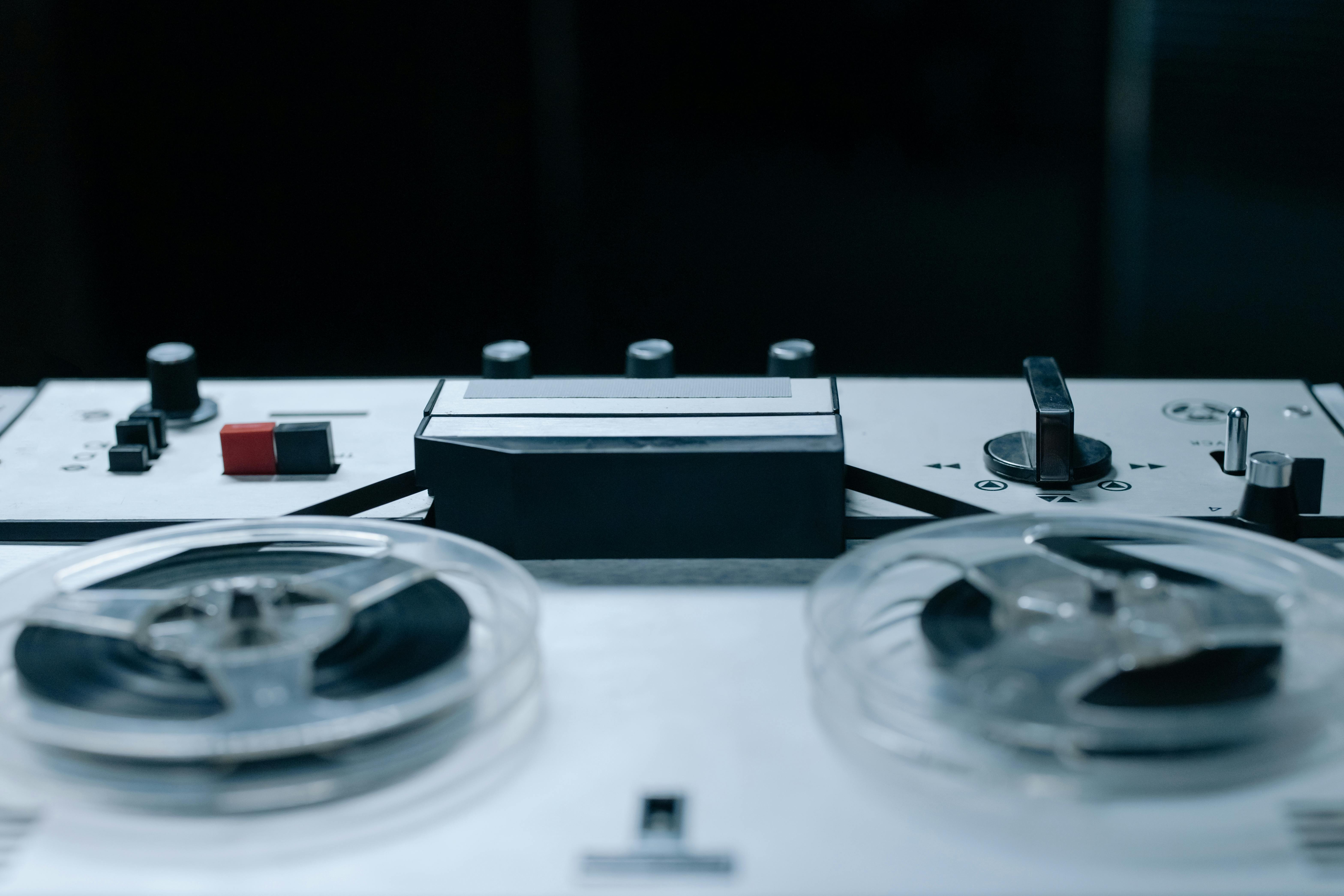Demineralization cartridges are a type of filtration device that remove mineral elements from water. They are often used in homes and businesses to improve the taste and quality of the water. Demineralization cartridges can help to reduce the hardness of water, remove bad tastes and odors, and reduce levels of dissolved solids. If you are considering using a demineralization cartridge, it is important to understand how they work and if they are necessary for your water supply.A Demineralization Cartridge is a type of filter media used to remove mineral ions from water, such as calcium and magnesium. It is typically used in reverse osmosis systems to reduce scale buildup and improve the taste of the water. The Demineralization Cartridge works by passing water through an ion exchange resin which traps and removes the minerals from the water.
How Does a Demineralization Cartridge Work?
A demineralization cartridge is a type of water filtration system that is designed to reduce the presence of minerals in water. This process is often referred to as deionization, and it is used to provide safe, clean drinking water by removing the dissolved minerals that can make water taste bad or cause health issues. The demineralization cartridge works by passing the water through a special resin that attracts and holds onto the minerals, leaving behind pure, mineral-free water. The resin must be replaced periodically in order for the system to work properly.
The demineralization cartridge contains a bed of small beads made from either anionic or cationic resin. These beads are charged with either positively or negatively charged ions. When the water passes through the beads, they attract and bond with ions of opposite charge. This removes the ions from the water, leaving it free from dissolved minerals such as calcium and magnesium.
Once all of the charged ions have been removed from the water, it passes through another layer of smaller beads which act as a filter and help to remove any remaining particles. After this process is complete, you will have purified drinkable water that is free from unpleasant tastes and odors caused by dissolved minerals.
In order for a demineralization cartridge to remain effective, it must be replaced periodically as it will eventually become saturated with minerals which will reduce its ability to filter out new ones. Depending on your specific needs and usage, you may need to replace your cartridges more or less frequently; however, most cartridges should be replaced every six months for optimal performance.
What Are the Benefits of Demineralization?
Demineralization is a process used to remove mineral salts from a solution, such as water. This process has numerous benefits and can be used in many applications, from industrial to medical. One of the most common benefits of demineralization is that it can help to improve the taste and odor of water. By removing minerals such as calcium and magnesium, demineralization can make water more palatable and reduce any unpleasant smells or tastes caused by these minerals. In addition, demineralizing water can make it less corrosive, which reduces wear and tear on pipes and other plumbing fixtures.
Another benefit of demineralization is that it can help to improve the results of certain chemical processes. For example, many industries use demineralized water in cooling systems or during production processes because it helps to reduce scaling. This is due to the fact that demineralized water does not contain minerals which could build up over time, leading to problems such as clogged pipes or inefficient cooling systems.
Finally, demineralized water can be used for medical purposes such as dialysis or kidney transplants. In these cases, having a pure form of water without any minerals or impurities is essential for ensuring successful treatment outcomes. Additionally, some medical treatments may require the use of sterile solutions which are only achievable when using highly purified demineralized water.
Potential Risks of Using a Demineralization Cartridge
Demineralization cartridges are widely used to treat water for a variety of applications, including drinking water, swimming pool water and industrial processes. While the use of these cartridges can offer many advantages, it is important to be aware of the potential risks that can come with their use. The most common hazards associated with demineralization cartridges are chemical contamination and excessive wear and tear on the cartridge itself.
Chemical contamination can occur when using demineralization cartridges because they are often made from materials that can absorb certain chemicals from the water being treated. This could lead to potentially harmful substances leaching into the treated water, which could have serious health implications if consumed or used in other applications. It is therefore important to always check for chemical compatibility before using any demineralization cartridge in order to ensure that it does not absorb any toxins or other hazardous substances from the water being treated.
Excessive wear and tear on the cartridge itself is another potential risk associated with using demineralization cartridges. Over time, these cartridges can become clogged with sediment or scale buildup and need to be replaced regularly in order to maintain optimal performance. In addition, some types of demineralization cartridges also require regular backwashing or cleaning in order to prevent buildup and ensure continued efficient operation. Failure to properly maintain a demineralization cartridge can lead to decreased performance, reduced efficiency and even complete failure of the unit over time.
In conclusion, while demineralization cartridges offer many advantages when used correctly, it is important to be aware of the potential risks that come along with their use. Chemical contamination and excessive wear and tear on the cartridge itself are two of the most common hazards associated with these devices and should be considered when deciding whether or not this type of treatment is right for your application. By taking steps such as checking for chemical compatibility and regularly maintaining your demineralization cartridge, you can help ensure that you get maximum benefit from your unit without compromising safety or performance.
Demineralization Cartridges
Demineralization cartridges are used to reduce the concentration of dissolved minerals in a liquid. These cartridges are commonly used in applications such as water purification, beverage production, and pharmaceutical manufacturing. They can help to ensure that the liquid is free of impurities, which can affect the taste, stability, and safety of the product. In addition, demineralization cartridges can be used to increase the efficiency of industrial processes by removing elements that may cause corrosion or clogging. These cartridges are available in a variety of sizes and configurations to suit different applications.

Different Types of Demineralization Cartridges Available
Demineralization cartridges are commonly used to filter water, removing certain minerals and chemicals that can be harmful to users. There are a variety of different types of demineralization cartridges available on the market, each offering different levels of filtration and protection. Some of the most common types include activated carbon, ion exchange resins, reverse osmosis membranes, and specialty media.
Activated carbon is one of the most popular types of demineralization cartridges as it is capable of absorbing a wide range of impurities from water. It is especially effective in removing chlorine and other organic compounds from drinking water. It is also capable of removing odors, tastes, and colors from water, making it a great choice for those looking for clean-tasting drinking water.
Ion exchange resins are another type of demineralization cartridge that works by exchanging ions in the water with those from the resin itself. It is commonly used to remove heavy metals such as lead, copper, mercury, and arsenic from drinking water. It can also be used to remove dissolved solids such as salts and phosphates that may make water taste bad or cause staining on fixtures or fabrics when present in large amounts.
Reverse osmosis membranes are another type of demineralization cartridge that works by forcing impure water through a semi-permeable membrane which filters out many contaminants including bacteria, viruses, cysts, and sediment particles. This type of cartridge is ideal for those seeking very high levels of filtration and protection from their tap water.
Specialty media cartridges are also available for use in demineralization systems and offer additional levels of protection beyond what other cartridges can provide. These include specialty media such as KDF (Kinetic Degradation Fluxion) which helps reduce chlorine levels in drinking water or GAC (Granular Activated Carbon) which helps reduce bad tastes and odors in drinking water. Specialty media cartridges can provide an extra level of protection against contaminants that may not be removed by other types of cartridges alone.
Choosing the Right Type of Demineralization Cartridge
When selecting a demineralization cartridge for a particular application, it is important to consider the type of water being treated, the level of demineralization required, and the cartridge design. Different types of cartridges are available for different types of water, including acidic and alkaline waters. The correct demineralization cartridge should also be able to remove any dissolved minerals that could potentially cause scaling or corrosion in pipes or other equipment.
When choosing a demineralization cartridge, it is important to consider the type and amount of mineral ions present in the water. This will determine which type of cartridge is most appropriate for your application. Different types of cartridges are designed to remove specific kinds of ions, such as iron or calcium, while others are designed to remove all mineral ions present in water. Depending on the concentration level of mineral ions present in the water, it may be necessary to use multiple cartridges in order to achieve the desired level of demineralization.
The design and construction of a demineralization cartridge should also be taken into consideration when selecting one for a particular application. Cartridges are typically constructed from materials such as activated carbon or resins, which can vary in size and porosity depending on their intended use. It is important to choose a cartridge with sufficient porosity and surface area for effective removal of minerals from the water being treated. The flow rate through the cartridge should also be taken into consideration so that it does not exceed its maximum capacity.
Finally, it is important to ensure that any demineralization cartridges being used are maintained properly so they continue to function effectively over time. Regular maintenance should include replacing exhausted cartridges as soon as possible and cleaning or backwashing them if necessary. Following these steps will help ensure that your system operates efficiently with minimal downtime due to mineral buildup in pipes or other equipment components.
Do You Need to Change Your Demineralization Cartridge Regularly?
Yes, it is important to regularly change your demineralization cartridge. This is because over time, the media inside the cartridge can become saturated with minerals and contaminants, which can affect the performance of the filter. If left unchanged, these contaminants can reduce the effectiveness of the filter and potentially cause damage to other components in your system. Therefore, it is important to regularly change or replace your demineralization cartridge in order to maintain optimal performance and ensure that your system functions properly.
In general, it is recommended that you replace your demineralization cartridge every 6-12 months, depending on how often you use it. If you are using your filter more frequently than this, then it may be necessary to replace it more often in order to maintain optimal performance. Additionally, if you notice any changes in water pressure or taste when using your filter, then this could indicate that the filter media inside your cartridge is becoming saturated and needs to be replaced.
Regularly replacing your demineralization cartridges not only helps keep your system functioning properly, but also helps ensure that you are getting clean and healthy water. By replacing these cartridges on a regular basis, you can help ensure that any contaminants in your water are being removed before they reach you or your family.

Conclusion
In conclusion, it is essential to consider if a demineralization cartridge is necessary when choosing a water filtration system. Depending on the type of water being filtered, a demineralization cartridge may be required for certain applications. If the water contains high levels of minerals, then a demineralization cartridge will help reduce any negative effects that could occur from consuming or using the water. Ultimately, this decision should be based on the individual’s needs and preferences.
Ultimately, it is important to do some research and find out which type of filter will best serve your needs before making a purchase. Demineralization cartridges can cost more than other types of cartridges and may require more maintenance, but they can provide an extra layer of protection against mineral buildup in the water.

